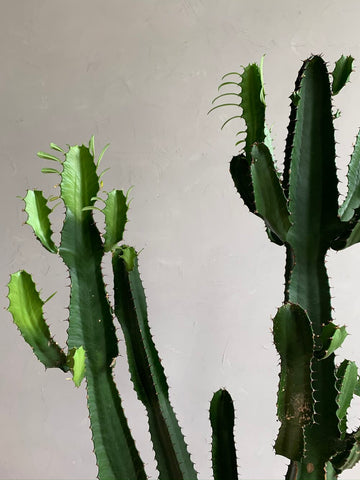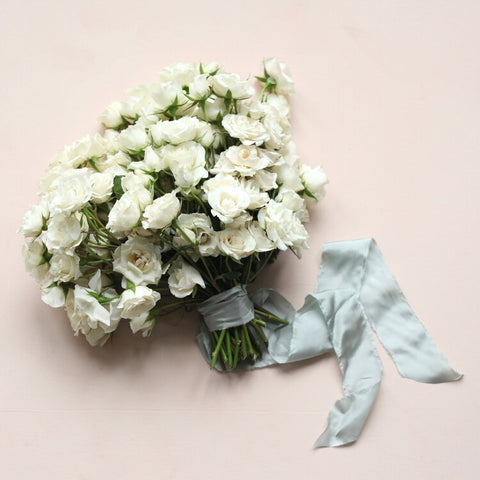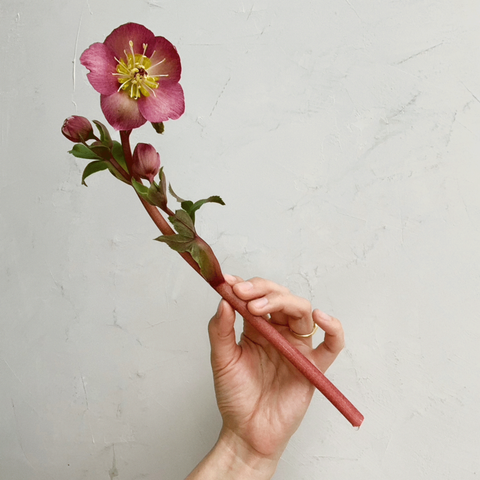Kristen is the author of a beautiful new book,Őż, a playful, approachable guide to creating forty-five stunning arrangements. To celebrate the launch of his beautiful new book, we sat down with Kristen to chat about his daily rituals, creative process, and studio must-haves.
Read ourŐżq+a below and stay tuned for an exciting giveaway on InstagramŐżlater this month!

What do your mornings typically look like?
Mornings with two boys (5 and 2 years old) start early and are full of energy. Have you ever tried to wrangle two Tasmanian devils into a car seat at 7 AM? Well, I have, and let me tell you: If you don't have a sturdy net and pocket full of Teddy Graham Crackers, you're in trouble. Then once my beloveds are safely dropped off at school. I head to the flower market for some much-needed flower therapy.Őż
You’ve shared in your book that flowers are reminders of nature’s beauty, tools for building creative confidence, and a gateway to self-care. What do you like to do on your days off and what does self-care look like for you?
"Days off?" What are those? Because I don't really get a day off outside of a planned vacation, I have really leaned into acts of self-care to reinvigorate myself and prevent burnout. Working with flowers has been one of the greatest acts of self-care I have been able to give myself. To be able to connect with nature and therefore connect with the greater world around me through the beauty of nature has been an essential part of my design practice and life.Őż
Was there anything that surprised you while writing and preparing for Flower Love?
What surprised me the most was how personal the arrangements became for me. I wrote this in the middle of the pandemic while raising a newborn. It was an intense moment of change for me and I think it made the arrangements a bit more dramatic than they would have been had the circumstances had been different.Őż
What are your studio must-haves?
Gotta have a good pair of clippers and some chicken wire. I can create anything with those two things.Őż
What do you never leave home without?
Apart from my phone, keys, wallet, etc. I never leave home without my chapstick. Dry lips drive me nuts.Őż
Where or what do you turn to for creative inspiration?
I find fashion and music to be a great source of inspiration for me. There is something about the flow and emotional storytelling that I find to be incredibly powerful and motivating.
Őż
We're thrilled to be celebrating the launch of Kristen's new book with this Q+A and a giveaway that will be announced on our Instagram later this month! You can order Flower Love or at other booksellers worldwide.
]]>

































 ]]>
]]>
















































































































